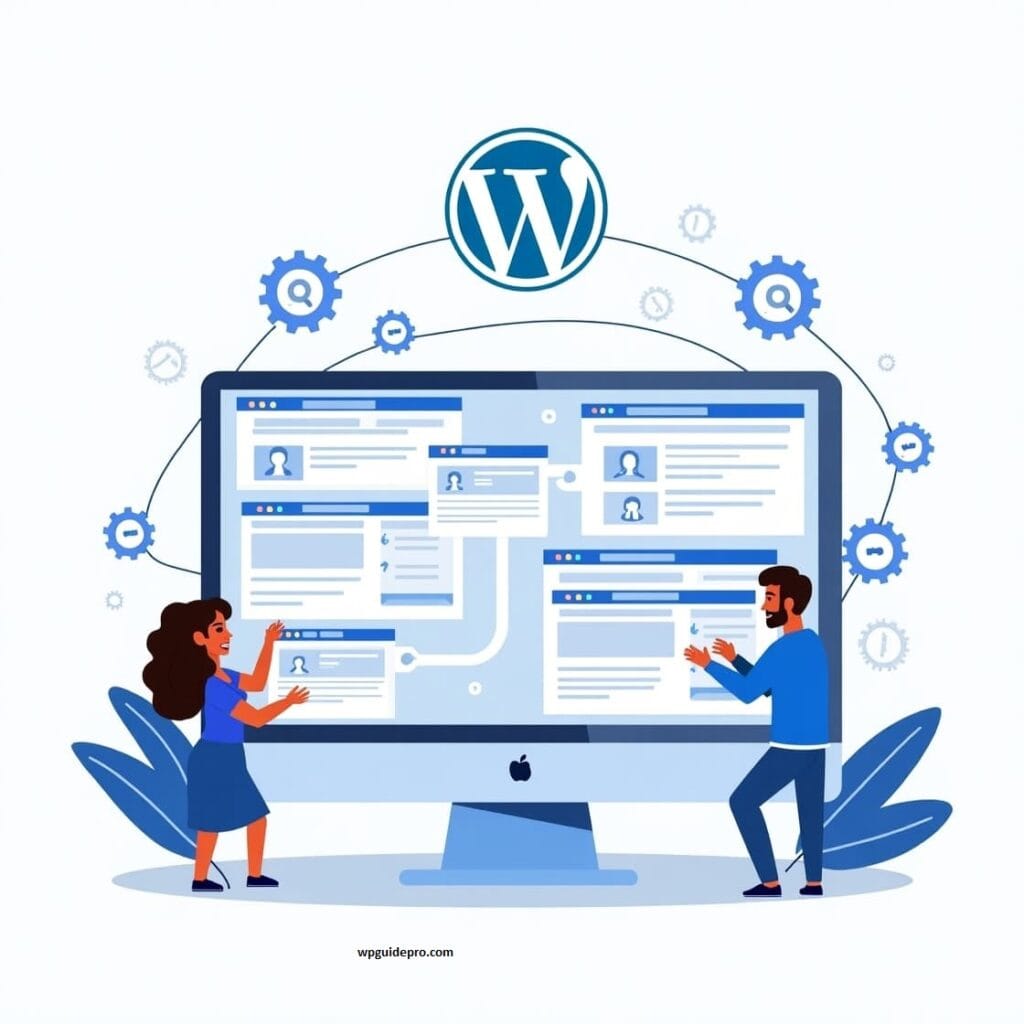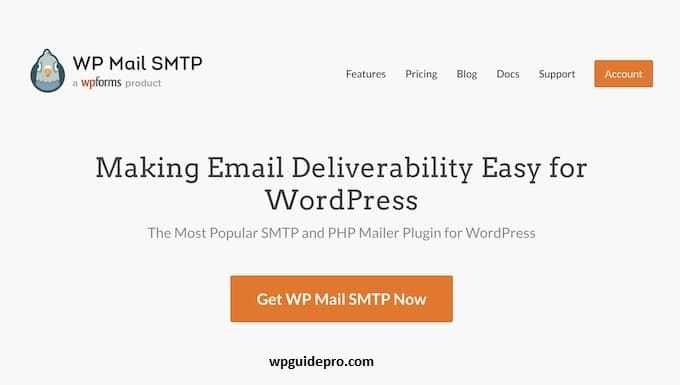Managing multiple WordPress sites is sometimes a hassle. if your users want to use different sites, they have to create a separate account for each site. This is a bit irritating and confusing for users.
Imagine if you run online courses, where there is a separate site for each subject… or you manage multiple brands… or you run different blogs related to the same topic. Creating separate logins everywhere is a waste of time and seems boring.
The good news is that there are ways in WordPress where multiple sites can be used from a single account. Meaning one login will be enough and users will be able to easily move between your different websites.
In this guide, I will show you simple methods like using WordPress Multisite or third-party plugins. Each method has its own benefits. You just have to see which one is best for your needs.
After reading till the end, you will get a clear idea of how to give users easy access from one site to another, make the login process simple and provide them the best experience.
Want to stay ahead with AI-driven WordPress insights and stay updated with the latest trends? Subscribe for daily search insights at wpguidepro to improve your WordPress strategy!

Table of Contents
Why Share Users and Logins Between Multiple WordPress Sites?
There are many benefits of sharing the same users and logins on multiple WordPress sites. This is easy for admins as well as users. If you understand these benefits, you can easily decide whether to use this feature or not.
Better User Experience
Users face the most problem when they have to remember different usernames and passwords for each website. If logins are shared, users can access all websites with just one account. This saves their time and they explore more of your content.
Imagine if you have three different sites a blog, an online store and a forum. If there is no shared login, users have to create three different accounts, remember three passwords and have different profiles. But shared login eliminates all these problems.
Easy Management for Admins
This system is also very easy for admins. Because:
- Update user permissions once and it gets updated on all sites.
- User profiles and settings are the same everywhere.
- Forgotten passwords and account issues reduce tickets.
- Analytics is also managed in one place.
Better Security
If users are managed in a single system, the security is also strong. You do not have to manage separate security for each site. You can apply 2FA, password policy and other security rules in a single system.
Business Growth Another advantage of shared login is that users easily explore your other websites. If someone has created an account only for blogging, then he can easily use your online store or forum as well. This increases both your growth and the value of customers.
How to Share Users and Logins Between Multiple WordPress Sites
There are different ways to share users and logins in WordPress sites. Each method has its own advantages and uses. Let’s understand in a simple way:
Method 1: WordPress Multisite Network
WordPress Multisite is a built-in feature in which you can run multiple websites from a single WordPress installation.
How to setup:
First of all, create a backup of your WordPress site.
You have to add one line in your wp-config.php file:
define('WP_ALLOW_MULTISITE', true);Then go to your Dashboard → Tools → Network Setup.
There you will get the option whether you want to use a subdomain (site1.yourdomain.com) or a subdirectory (yourdomain.com/site1).
User Management:
Once the network is active, you can create new sites as Network Admin. It is possible to give access to different sites to a single user, and roles can also be assigned.
Pros and Cons:
Multisite tab is best when your sites are related to each other. But one problem is that all sites share the same WordPress core. Meaning if an update or plugin issue comes, it will affect all. And some hosting providers do not allow Multisite.
Method 2: Third-Party Authentication Plugins
This method is useful when you are using independent WordPress installations but want to share the login system.
Single Sign-On Plugins:
Plugins like WP Single Sign On allow you to create a master site from where logins are checked. The rest of the sites verify the user’s login there. This way a user can access all sites with just one login.
OAuth and Social Logins:
Plugins like Social Login give users the option to login with their Google, Facebook or social accounts. These logins naturally work on all sites.
Method 3: Custom Database Solutions
This is a little advanced and best for developers.
Shared Database Tables:
Multiple WordPress sites are set up to use the same user tables. This requires modifying wp-config.php. This is a little complex but gives you more control.
API-Based Solutions:
You can create custom APIs that manage authentication between sites. This gives full control but requires more coding and maintenance.
Method 4: External Authentication Services
Services like Auth0, Firebase Authentication or AWS Cognito can also be used. These are professional and enterprise-level solutions.
These services handle registration, login, password reset, 2FA. You just have to install a plugin and connect. These are paid, but very secure and reliable.
Bonus: Make Sure Your WordPress Emails Are Being Sent Reliably
When you use shared logins on multiple WordPress sites, proper delivery of emails becomes very important. Users expect to be able to easily receive password resets, account notifications and other emails from every site.
Common Problems with Emails By default WordPress uses the PHP mail function. The problem is that such emails often go to the spam folder or are not delivered at all. If you have multiple sites, the result for each site is different – some are delivered, some are not.
SMTP Solution The best solution to this problem is to connect your WordPress sites with SMTP (Simple Mail Transfer Protocol).

Plugins like:
- WP Mail SMTP
- Easy WP SMTP
These plugins allow you to connect your site to reliable email services.
If you are running multiple sites, it is best to use a dedicated email service that has detailed analytics. These analytics tell you how many emails were delivered, how many bounced, and where the problem is.
Testing is a Must After setting up shared logins, you should test the email functions of each site:
- Is the password reset email coming correctly?
- Is the new user registration confirmation being delivered?
- Is the custom notification email working properly?
You can also check spam score and deliver ability using email testing tools to make sure users are getting emails in their inbox and not in spam.
Ready to Connect Your WordPress Sites?
Sharing users and logins in WordPress sites turns different websites into a single system. You can use WordPress Multisite for related sites, use third-party plugins for flexible login, or use a custom solution for full control. The most important thing is that you choose a method based on your skills and business.
Check your setup and user needs before starting. Also see how many sites you have to manage, how much computer knowledge you have, what kind of hosting you have, and what are your future plans. Shared login is an investment that makes the user experience easier, as users spend more time on sites, and management also becomes simpler.
It is important to test in a staging environment before using it on a live site. If the planning and implementation is correct then users will get a smooth experience and they will be able to easily use all your WordPress sites.


